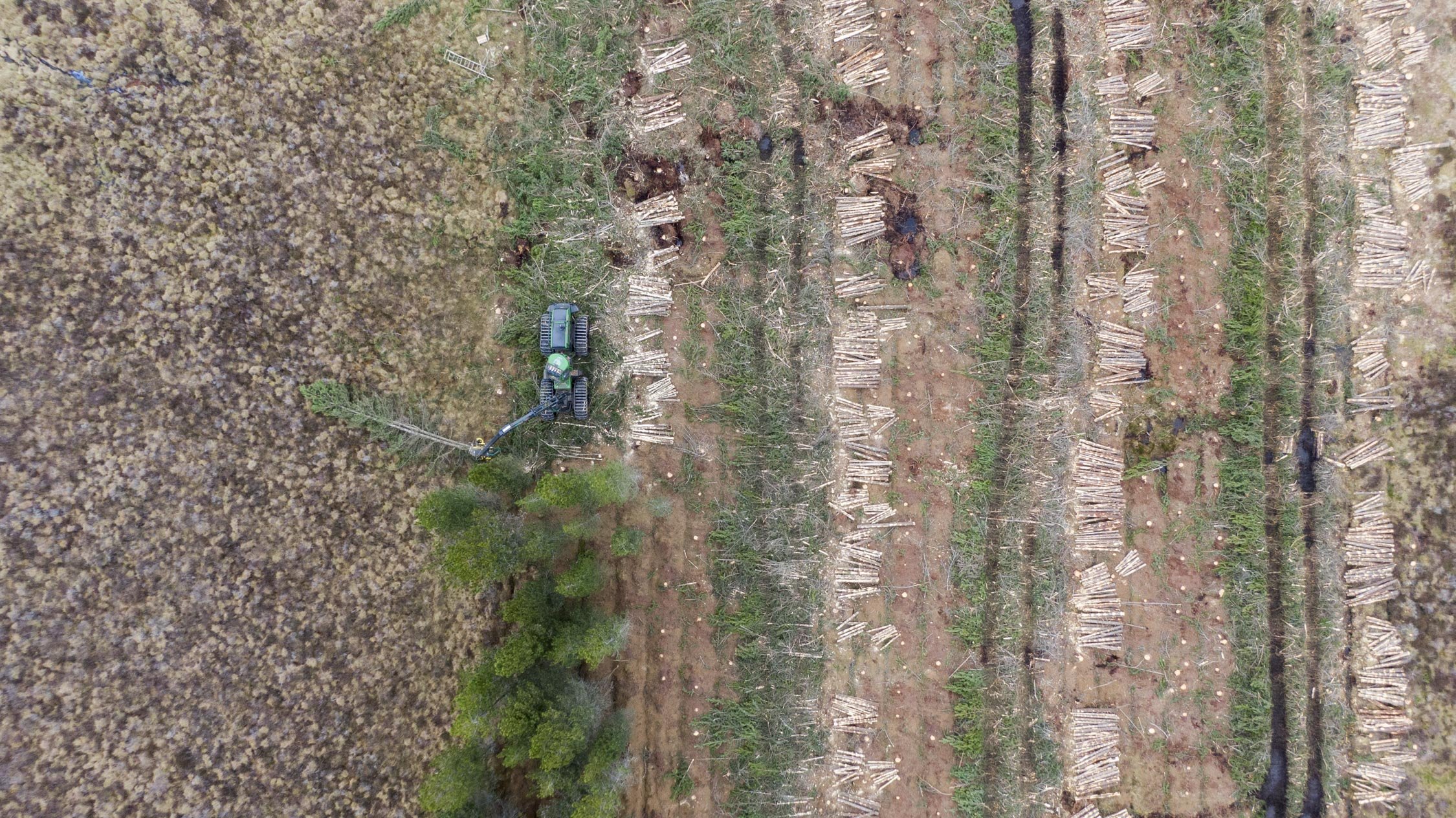
Sustainable Forestry
Expert ecological surveys, stakeholder engagement, and sustainable forest management for your project
Our science team brings a wealth of expertise in conducting comprehensive ecological site surveys, including National Vegetation Classification (NVC), breeding bird and invertebrate surveys, and soil assessments. With years of experience in these key areas, we ensure that every project we undertake is built on a deep understanding of site-specific ecological conditions.
With our OSPREY partners we develop sustainable, site-appropriate silvicultural management strategies that not only align with environmental best practices but also maximise long-term forest health and resilience.
